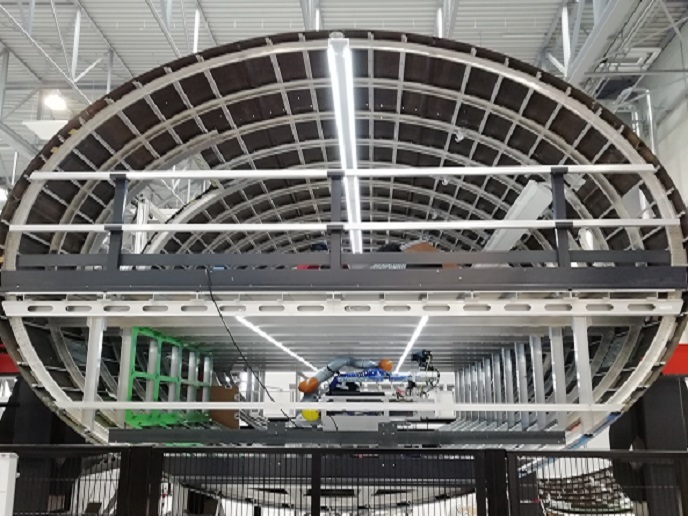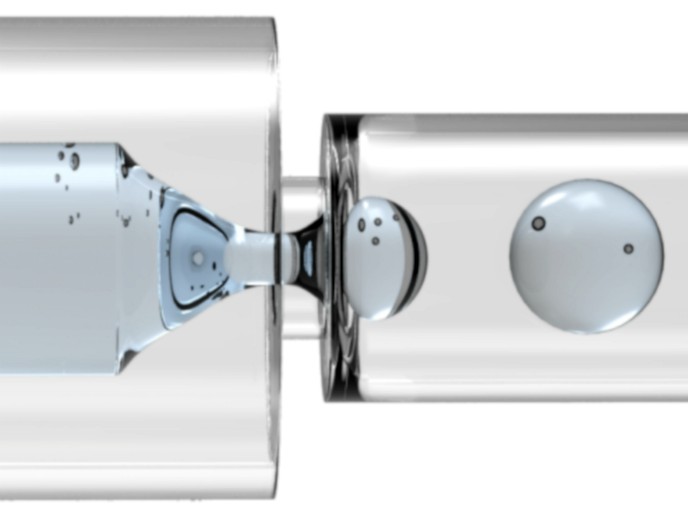New computer modelling to aid aeronautics
Advances in computer technology and processing power have opened up a myriad of new applications in which they can be used. Moreover, computer visualisation is a powerful tool in simulation problems and in real time processing. The research project INDET (Integration of Non-Destructive Testing) is utilising these advances in computer technology to create novel methods for non-destructive testing and condition monitoring. This promises to be a major benefit to the aeronautical sector, which can utilise this technology to improve the efficiency of aircraft maintenance through multimedia and remote diagnostic systems. The system model established will considerably reduce human errors which may occur. As part of this project, the new life cycle management tool has been created by the University of Limerick, Ireland and the University of Central Lancashire in the United Kingdom. This multifunctional model promises a variety of functions which are unique to it and include an epidemiological tool to track defects in an aircraft structure. It can also utilise additional data, such as flight data, and other data sets, such as weather information, to support diagnosis and prognosis. It also has possible applications as a maintenance schedule optimisation tool. The system model has been created for the Aeronautical Life Cycle Monitoring System (ALCMS) and is of a layered structure, containing well-defined interfaces and detailed functionalities. A prototype has been developed by the University of Limerick to demonstrate the functions of the ALCMS system. Meanwhile, the University of Central Lancashire has developed a software tool, ADSIP-LCM. This will enable users to visualise and examine the defects by registering and interactively viewing sequences of non-destructive testing images as three-dimensional (3D) data.







